Description
This circulated coin is uncleaned, shows wear and tear and is pressed on a copper-plated zinc penny.
The Children’s Museum of Indianapolis1 is the world’s largest children’s museum. It is 472,900 square feet with five floors of exhibit halls. Its collection of over 120,000 artifacts and exhibit items are divided into three domains: the American Collection, the Cultural World Collection, and the Natural World Collection. Among the exhibits are a simulated Cretaceous dinosaur habitat, a carousel, and a steam locomotive. Because the museum’s targeted audience is children, most exhibits are designed to be interactive allowing children to actively participate.
Founded in 1925 by Mary Stewart Carey with the help of Indianapolis civic leaders and organizations, it is the fourth oldest such institution in the world.
There are two machines here.
Machine One, located near the food court, across from the big water clock. Designs are:
- Polar Bear Martimus
- Sarcophagus Wenuhotep
- Steam engine Reuben Wills
- Former Museum logo
Machine Two, located in the lower level between restrooms and Lilly Theater. Designs are:
- Dinosphere© logo with Kelsey the Triceratops and Bucky the Teenage Tyrannosaurus Rex
- Running T-Rex
- Lilly Theater comedy and tragedy masks
- Spacequest Planetarium’s starry sky image
Both machines are past security and require admission. If guard is available and you ask politely they may escort to machines.
Journey back 65 million years to the Cretaceous Period2 and experience the world of dinosaurs like never before. You’ll be immersed in the sounds, smells, and sights of the time period as you explore one of the largest displays of real juvenile and family dinosaur fossils in the United States.
- Come face to face with more than 14 full-size dinosaur skeletons
- Talk with real paleontologists
- Touch a real dinosaur bone
- Participate in a hands-on dinosaur dig
- See one of the finest collections of dinosaur art in the nation.
About Triceratops3
- Triceratops could be as tall as a basketball goal (10 feet), and as long as three basketball goals laid end-to-end (30 feet), and could weigh as much as three cars (six tons).
- A Triceratops’ eyes helped it defend itself. They were on the sides of its head and helped it scan for any predators coming after it.
- A Triceratops’skull is bumpy (scientists refer to this as “rugosity”). Some scientists think this bumpiness might have been a sign of old age.
- Triceratops were herbivores, which means they ate plants instead of meat.
- Because a Triceratops was so big, it ate many pounds of plants a day. It ate low-lying plants such as ferns and cycads.
- Scientists think it may have used its horns to knock down small trees and then snipped off the leaves with its parrot-shaped beak.
- Scientists know some of the plants it ate by studying phytoliths, tiny parts of plants that left scratch marks on fossilized dinosaur teeth or remained between teeth after they fossilized.
- Scientists debate whether Triceratops lived in herds. Some think they might have roamed the Cretaceous forests on their own and did not migrate.
About Tyrannosaurs4
- Tyrannosaurs were carnivores, meaning, they ate meat instead of plants.
- Adult tyrannosaurs were one of the largest and most powerful of all predatory dinosaurs.
- Some other dinosaurs, such as a large duckbill or Triceratops, may have been too big and powerful for a T. rex to kill by itself.
- Some scientists think tyrannosaurs worked together in families or groups to kill prey.
- Tyrannosaurs had a strong sense of smell, powerful legs and forward-looking eyes which allowed them to quickly spot and focus on prey.
- Fully grown tyrannosaurs were relatively lightweight for their size because their bones were hollow and they had large openings in their skulls.
Source: PennyCollector.com ↩
Source: ChildrensMuseum.org ↩
Source: ChildrensMuseum.org ↩
Source: ChildrensMuseum.org ↩

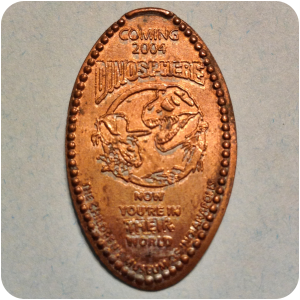

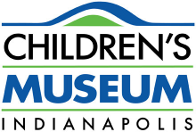
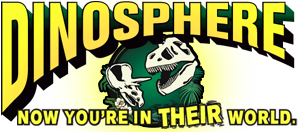
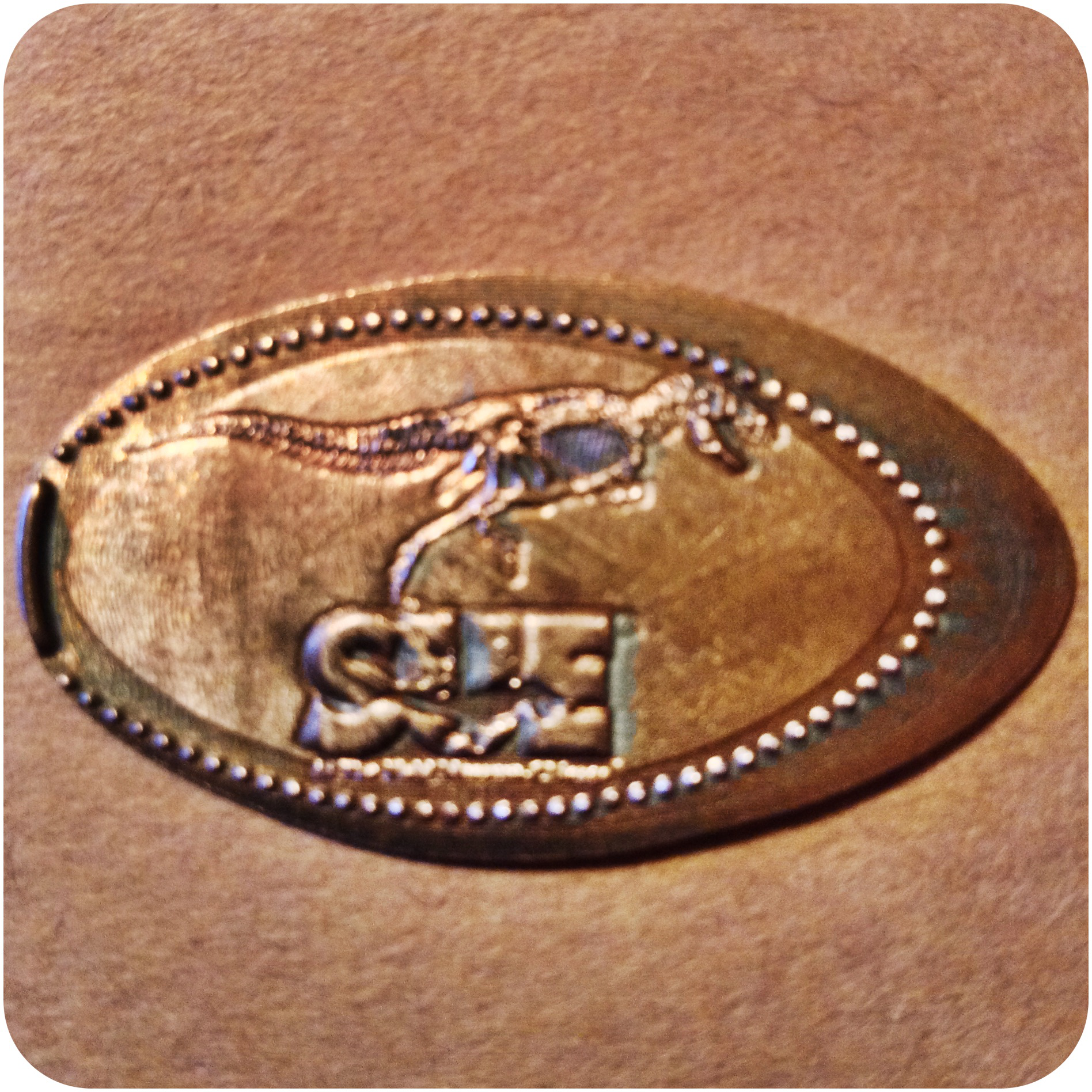
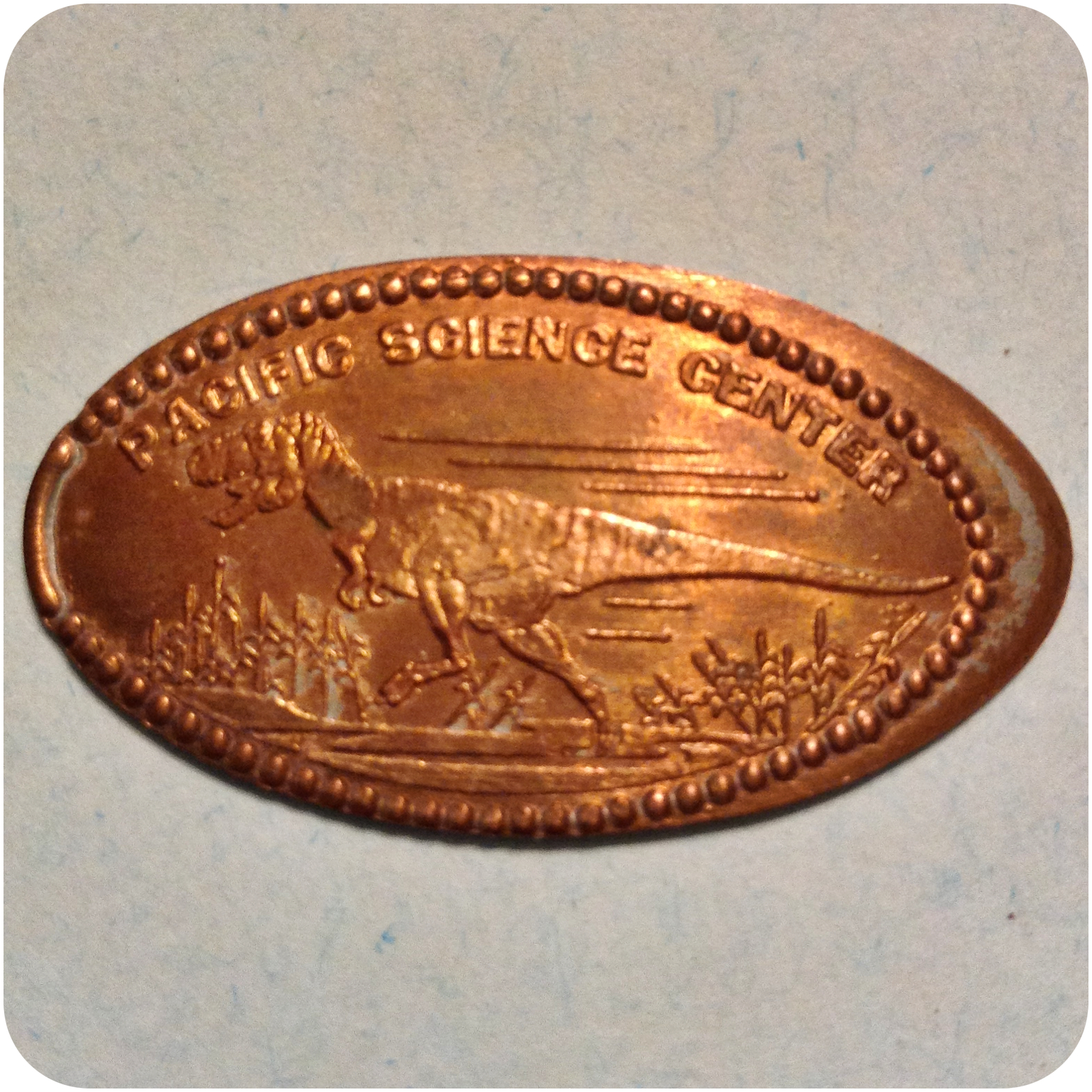
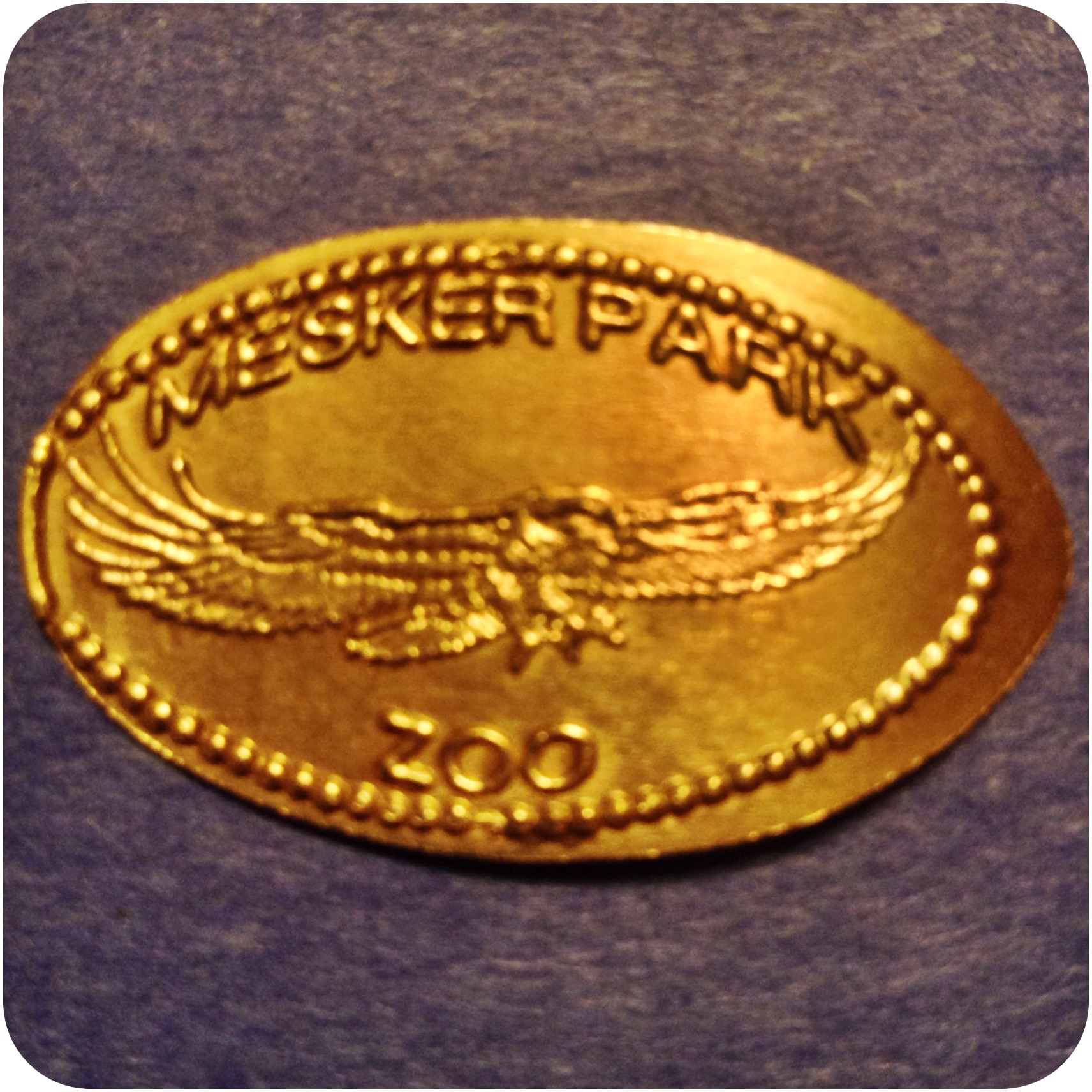
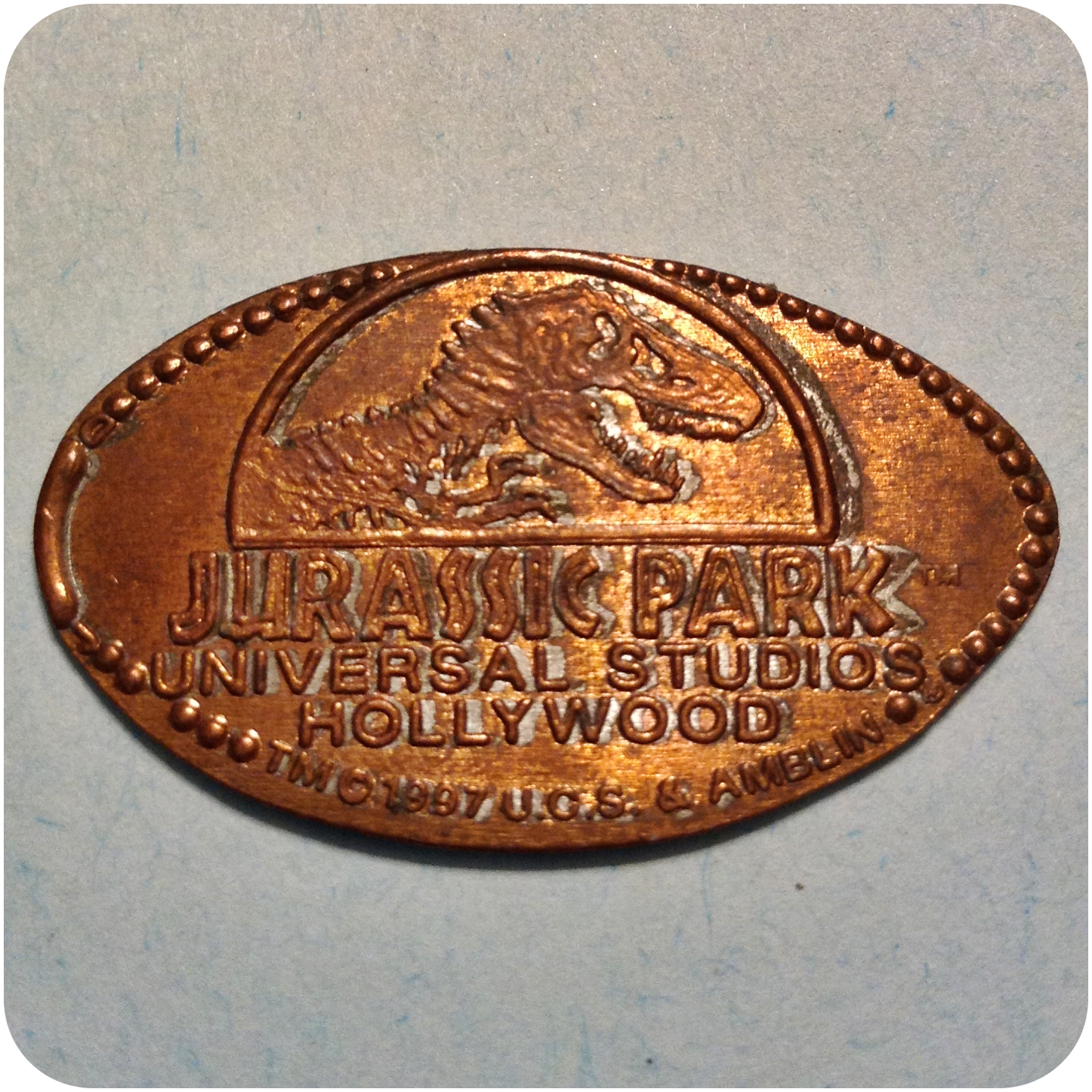
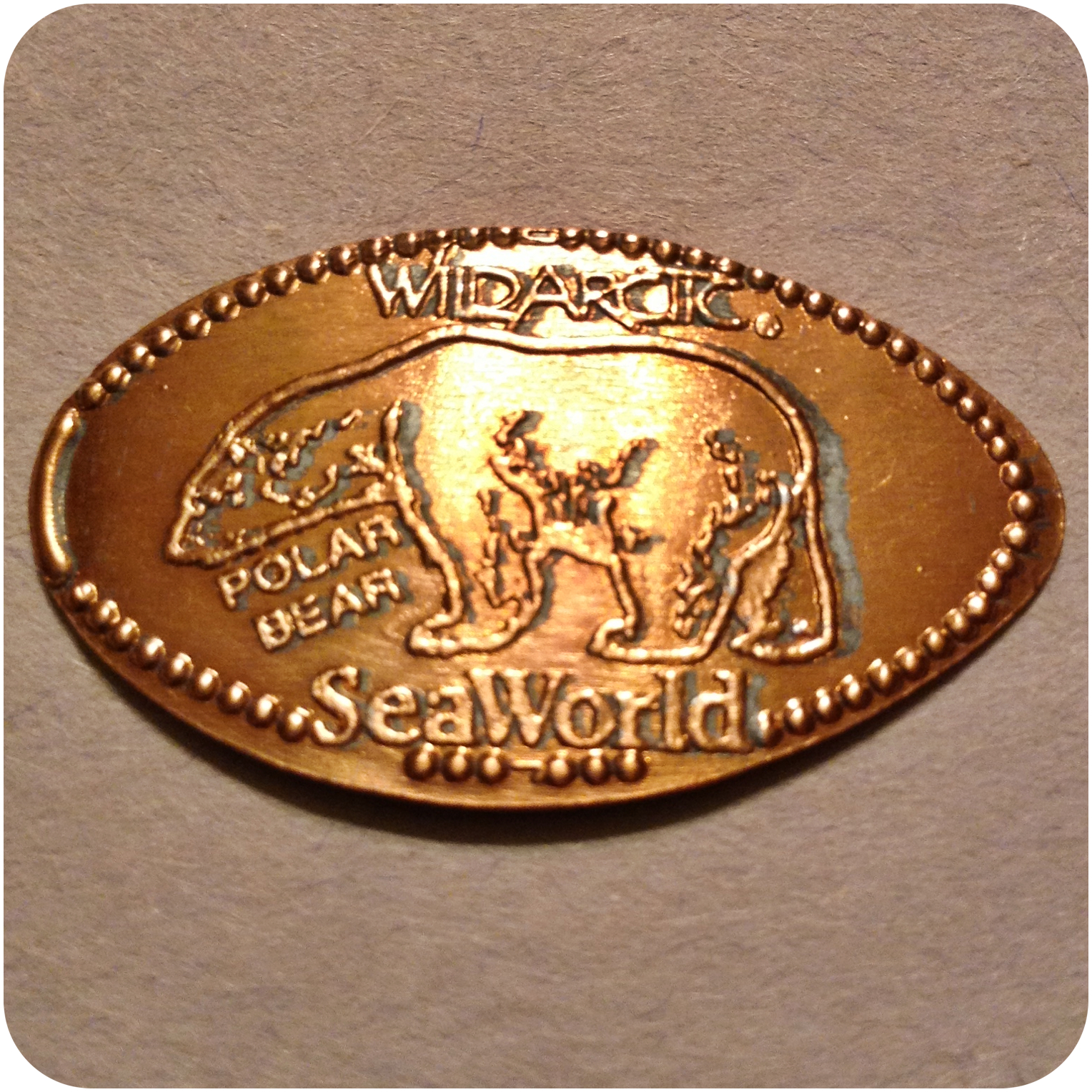
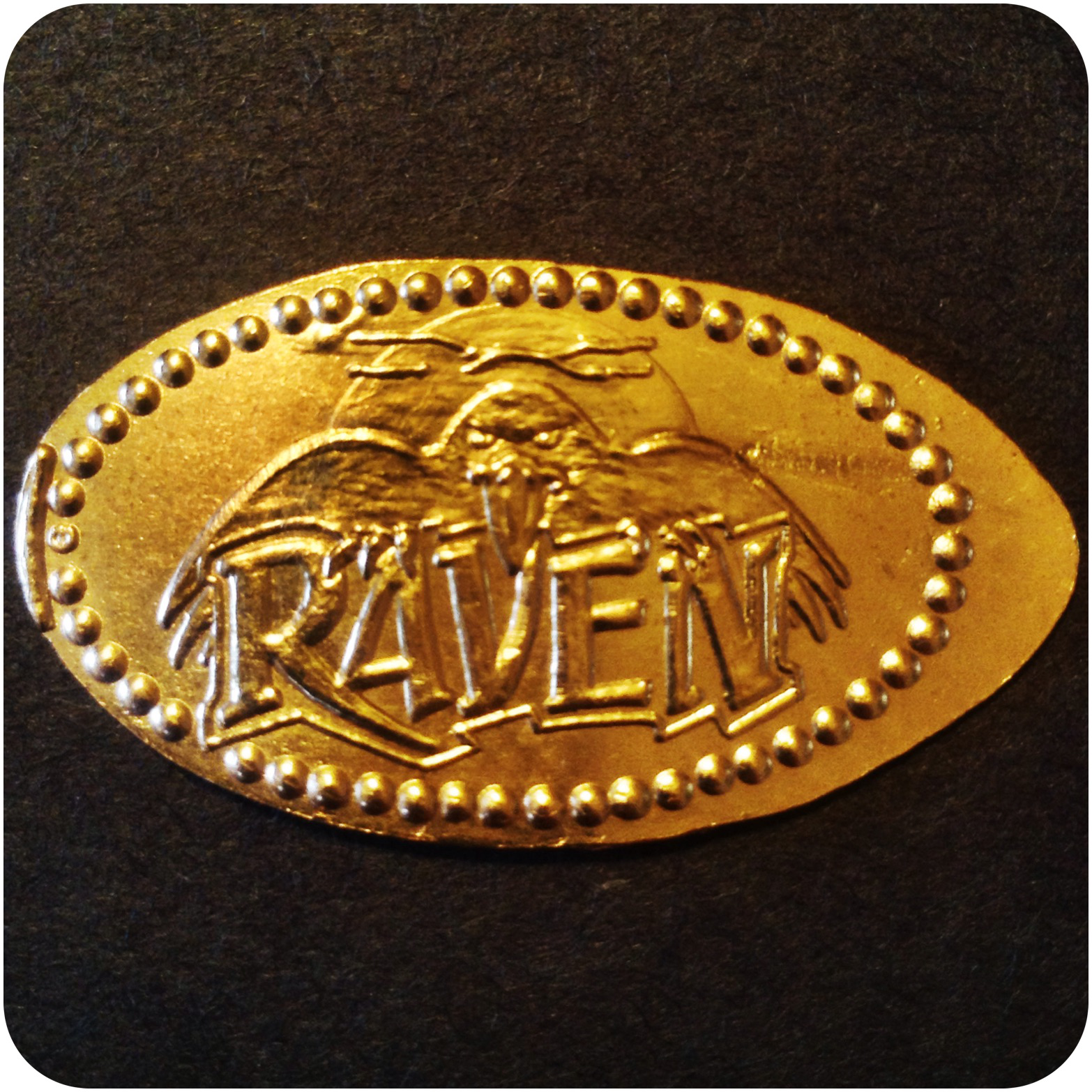
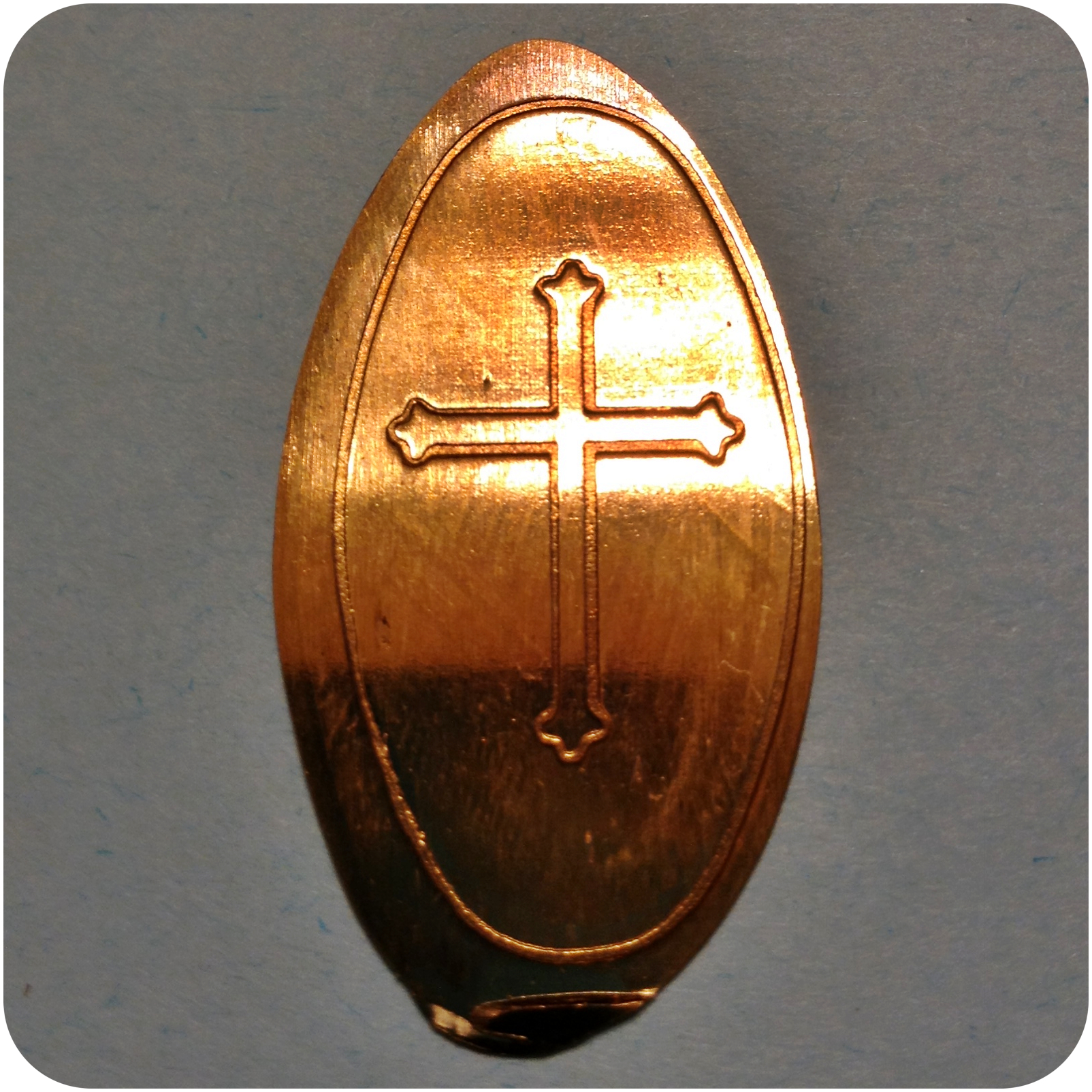


Reviews
There are no reviews yet.